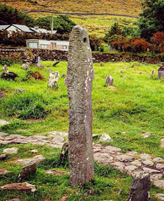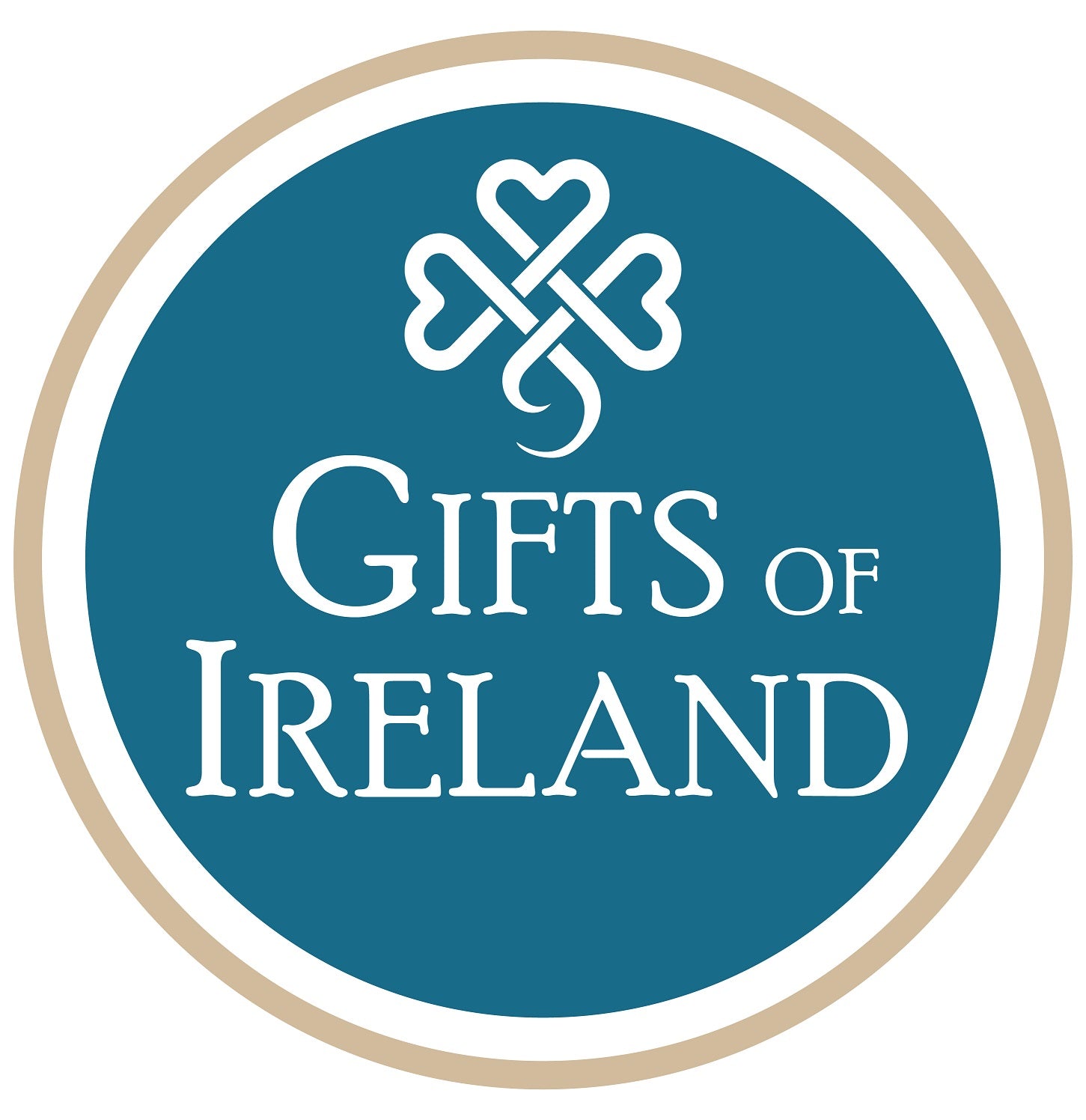Celtic Origins
Celtic roots run deep in Ireland. When you think of the Celts you think of Ireland — the two walk hand-in-hand like lovers on a beach. It’s high time we get specific and talk about our Celtic roots. We’re going to start by talking about language.

Once upon a time, Celtic languages were spoken across Europe from the Iberian peninsula to the Black Sea; however, most haven’t survived to the present day. The ones that have survived are called the Insular Celtic languages, which consists of the Goidelic/Gaelic and Brythonic languages spoken primarily in the British Isles. The Brythonic languages are Welsh (the great survivor as it has the most fluent speakers today), Breton, and Cornish.
The Gaelic languages are Scottish Gaelic, Manx, and Irish (our pride and joy, and the only language we’re going to talk about for the rest of this blog post; so, I hope you weren’t too interested about the others!).
Irish Language Facts
There are a couple of Irish language facts to highlight.
- There are many names for the language; Irish, which is the English word for it bu, there is also Gaeilge, Irish Gaelic, Gaelic, and Erse.
- Irish is the national and first language of the Republic of Ireland.
- The earliest form of written Irish is Ogham.
- Today around 40% of Ireland’s population claims to speak Irish.
- Irish is still taught in schools and is usually compulsory.
Let’s get into a little more detail.
What is Ogham?

Ogham is not a language; it is an Early Medieval alphabet dating back to the 4th century that was used primarily to write Primitive Irish, the language which would later evolve into the Irish spoken today. It is the earliest form of writing in Ireland. It may also be considered a cypher as many of the letters correspond to the Latin alphabet and therefore might have been used as a secret alphabet that Roman Britain couldn’t understand. Although, it is also suggested that Ogham might have been a form of shorthand developed by early Christian communities. The script consists of a series of strokes upon a line. The quantity, length, and direction of the strokes determines the letter, and the line is read from the bottom left upwards.
Typically Ogham is etched on wood or stone; thus, surviving examples of the alphabet are inscribed on stone monuments. There are roughly 400 of these stone monuments found mostly in Ireland although there are several in Western Britain, particularly Wales. The majority of them are inscribed with personal names. 



Gradually, the Latin alphabet replaced Ogham, but this old Celtic writing system continues to inspire many crafts and designs.
It is also interesting to note that Ogham is not a perfect cypher, if we are to look at it that way. Though many of the letters mirror the Latin alphabet, there is no ‘j’, ‘w’, or ‘y’ in the Ogham alphabet. So not all words can be transliterated perfectly. This isn't that strange though, as those letters were not used in Irish, and still aren't. A letter for ‘p’ at one point didn’t exist either, though a letter was created later to replace it. And, fun fact, the letters are collectively called feda (“trees”) or nin (“forking branches”). Here is an Ogham translator if you want to know what your name looks like using this ancient cypher.
Gaeilge: The Irish Language

Of course language can’t remain the same throughout history. Before Irish (or Gaeilge) could become the language as we know it today it had to go through several transitions over the centuries, while also producing an extensive and impressive literary tradition.
Through the 5th century Ogham fell out of use and Primitive Irish became Old Irish. This transition is attested to in Latin religious texts where Irish missionaries left traces of Old Irish in the margins and between lines. The language then changed again into Middle Irish, which was spoken across Ireland, Scotland, and the Isle of Man. It is this wondrous point in the history of the Irish language that we get the Ulster Cycle Myths and Legends. The Ulster Cycle is a collection of medieval Irish stories set during the reign of a mythical king. It is from this collection that we get stories of Queen Maeve and Cu Chulainn.
Then there was Early Modern Irish, which served as an in-between phase, then Modern Irish where we get the lovely phrases we’re so familiar with like “Grá, Dílseacht, Cairdeas” (Love, Loyalty, Friendship) famous words associated with the Claddagh ring and “Sláinte”, the only way to say cheers in an Irish pub. 
Modern Irish is also the language used on all government signage like road signs.
In the past, the language adapted and incorporated words from other languages brought by migration and invasion. However, the use of the Irish language began to decline as administrative figures, the Catholic Church, the spread of biligualism and a whole host of other factors placed more importance on understanding the English language. This wouldn’t last though, because, as is well known, Irish people are more resilient than that, and a revival is now a priority at all levels!
Revival

Now, while around 40% claim to speak Irish, the reality is that most only speak a few words or phrases learned from their school days and are not fluent speakers who use the language casually. The percentage of fluent speakers would be around 10%, and that number seems to be in decline as more Irish speakers move out of the gaeltacht (Irish speaking areas) to work and study, and non-Irish speakers move in without really adopting the language.
During the Celtic Revival period, The Gaelic League aimed to revitalise the Irish language and earned some success as it helped reintroduce Irish to schools. However, as a compulsory subject that has little practical use outside of the classroom, Irish as a spoken language isn’t receiving the kind of care or enthusiasm necessary for its survival. The kind of enthusiasm is needed as exhibited by people like Simon Ager who attempts to use the language whenever he can.
But the Irish language is here to stay at some level. Today, the number of Irish-medium schools at the primary level are increasing meaning that more of Ireland’s people will learn Irish from a young age. Also, the Irish TV station TG4, radio stations, signposts and other projects that are moving the language out of the classroom and into everyday life play a key role in the language’s revival.
And on that note, Sláinte to our rich history of sights and sounds!


